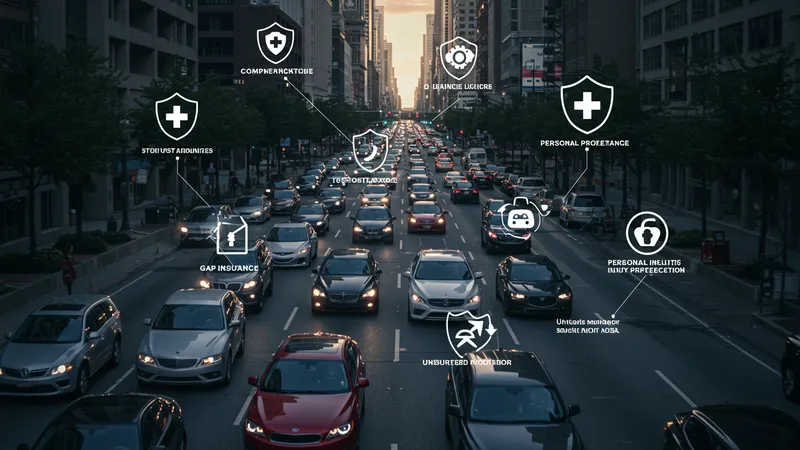
Car Insurance In USA: Everything You Need To Know In 2025
Key Policy Types in American Car Insurance for 2025
The types of car insurance policies available in the USA have grown in range and sophistication by 2025. While liability insurance remains the legal minimum in all states, drivers can select from a spectrum of add-ons tailored to their specific needs. Comprehensive policies cover damage from events like theft, vandalism, and natural disasters, while collision coverage steps in after an accident, no matter who is at fault. For high-value vehicles or leased cars, gap insurance and new car replacement are increasingly popular add-ons.

Personal Injury Protection (PIP) and Medical Payments coverage are now found in more states, addressing rising health care costs after accidents. Uninsured and underinsured motorist coverage is another vital option, providing reassurance when involved with drivers lacking adequate protection. For drivers using their vehicles for rideshare platforms, specialized endorsements or policies address commercial use—a growing necessity in the modern gig economy.
Advanced driver assistance systems (ADAS) and connected vehicle technologies are influencing new policy models. Insurers reward owners of cars equipped with autobraking, lane-keeping, and telematic sensors, sometimes offering lower premiums or additional discounts. This shift reflects the industry’s response to declining accident rates due to advanced technology and the desire to encourage safer driving behaviors.
Policyholders in 2025 benefit from more personalized policy bundles and dynamic adjustment capabilities. Many companies provide online dashboards where customers modify coverage in real time, respond to life changes, and even pause or reallocate specific protections. This flexibility marks a departure from rigid, one-size-fits-all plans of the past, and empowers Americans to actively manage their insurance in response to evolving risks and lifestyles.